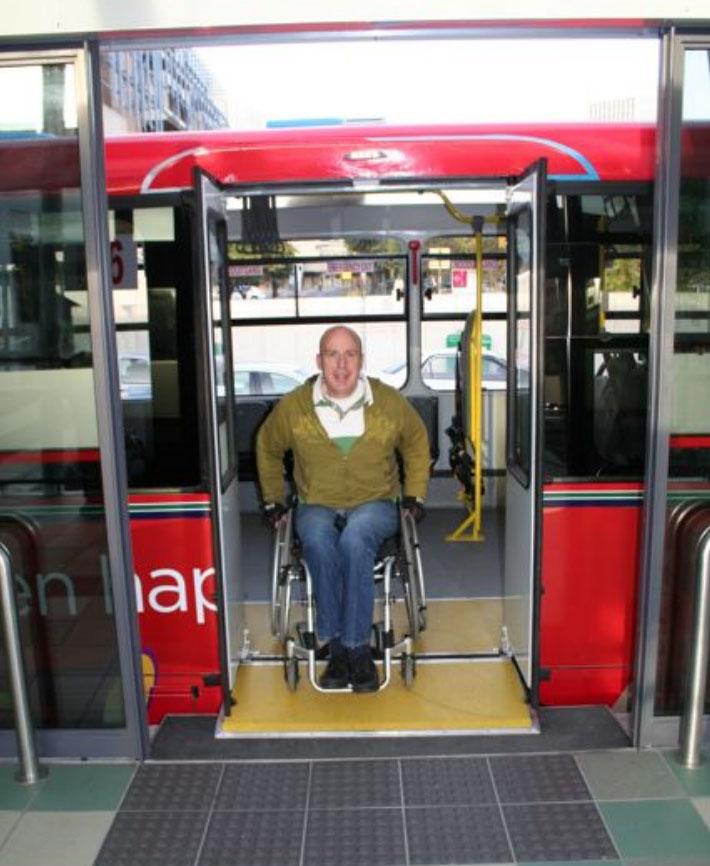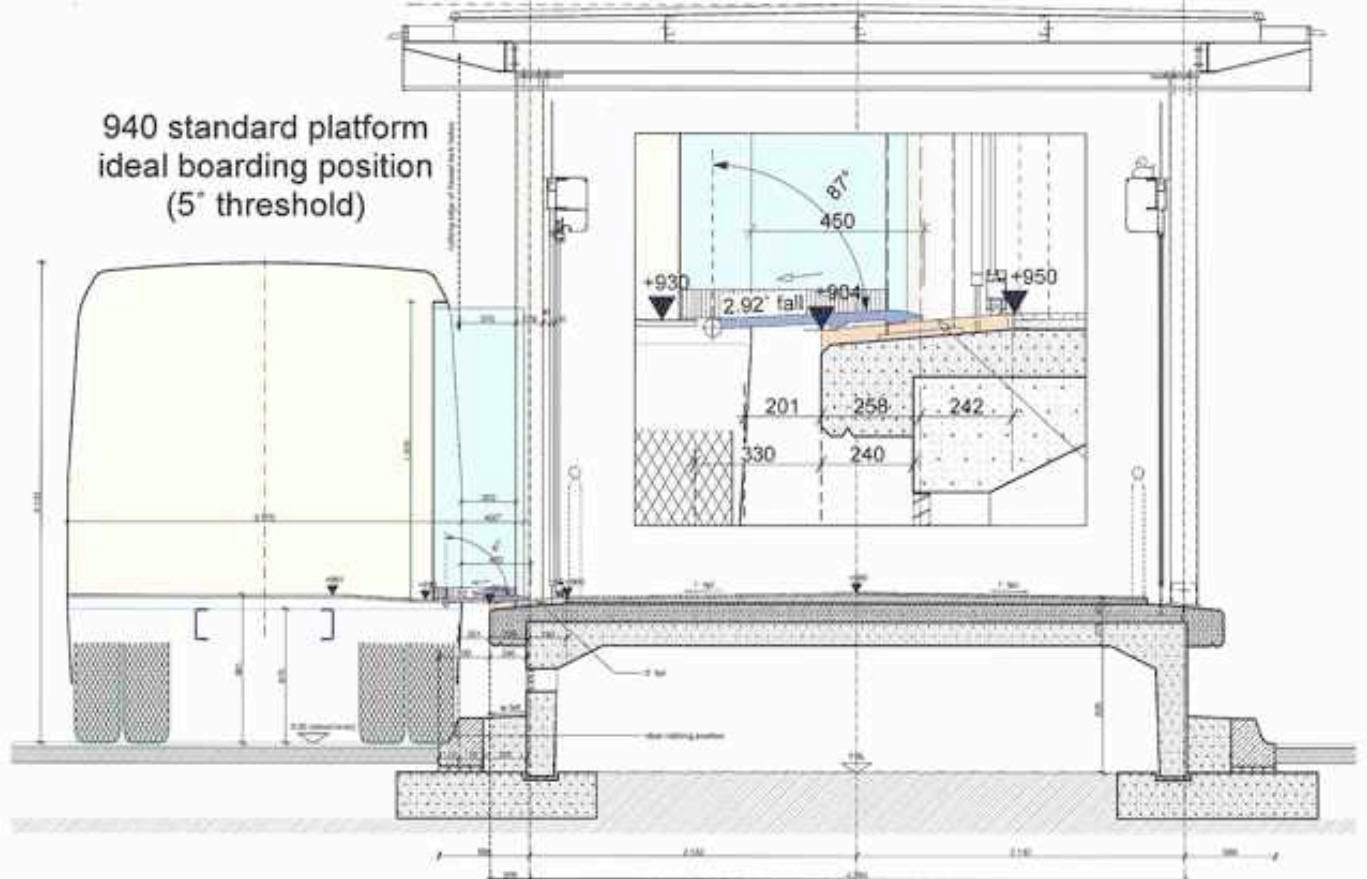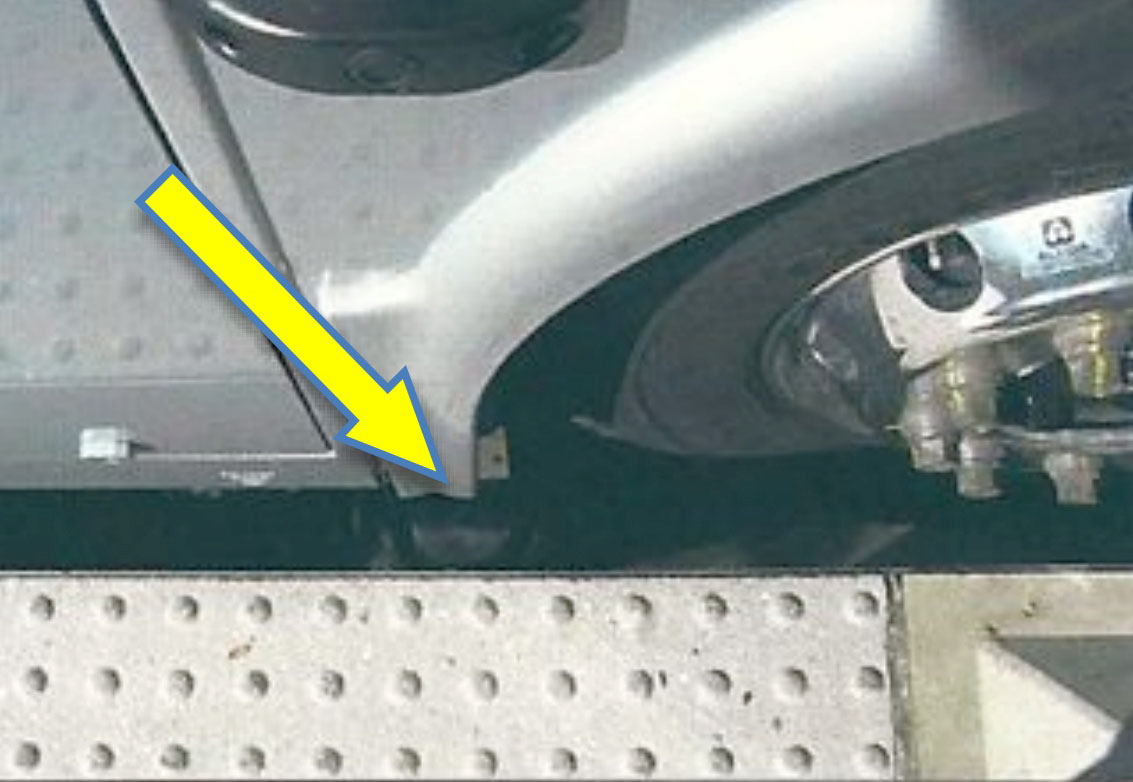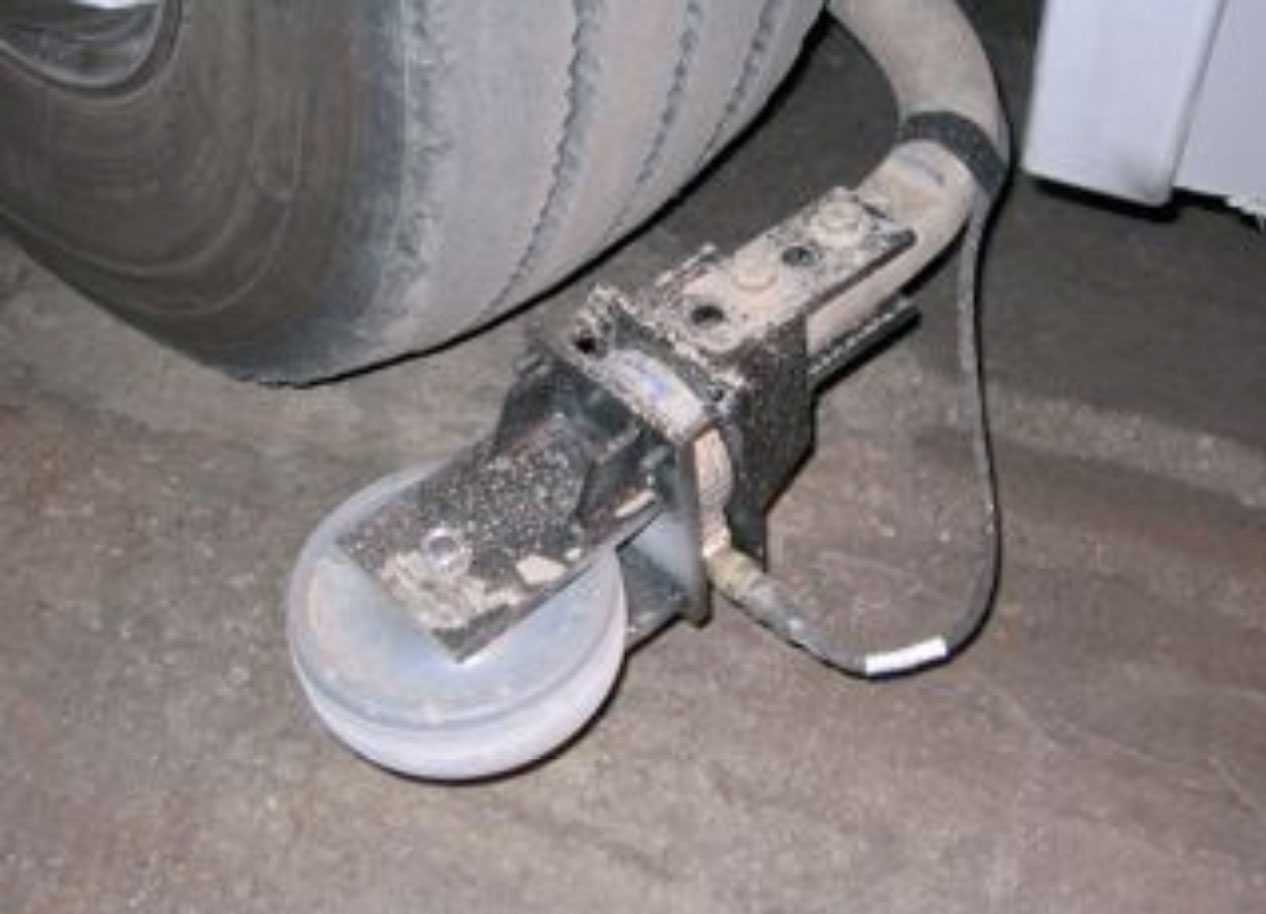30.5Platform-Vehicle Interface
So be sure when you step. Step with care and great tact and remember that life’s a great balancing act. Just never forget to be dexterous and deft. And never mix up your right foot with your left.Dr. Seuss, writer and cartoonist, 1904–1991
The platform-vehicle interface can significantly affect accessibility for a variety of users. Levelness and gap issues can be serious barriers to access. This section describes techniques to ensure that the interface between the station platform and vehicle is accessible for all users.
There are many means to alleviating platform-vehicle interface issues. In Chapter 25: Stations, a variety of mechanisms that can be applied are evaluated and explained. Those mechanisms include:
- Level Boarding;
- Platform-Vehicle Gap;
- Boarding Bridges;


- Alignment Markers;
- Guide Wheels;


- Optical Guidance and Magnet Alignment;
- Automatic Enforcement;
- Beveled Curbs;
- Platform Edge Treatment;
- Dedicated Accessible Boarding Area;
- Station-Side Driver.